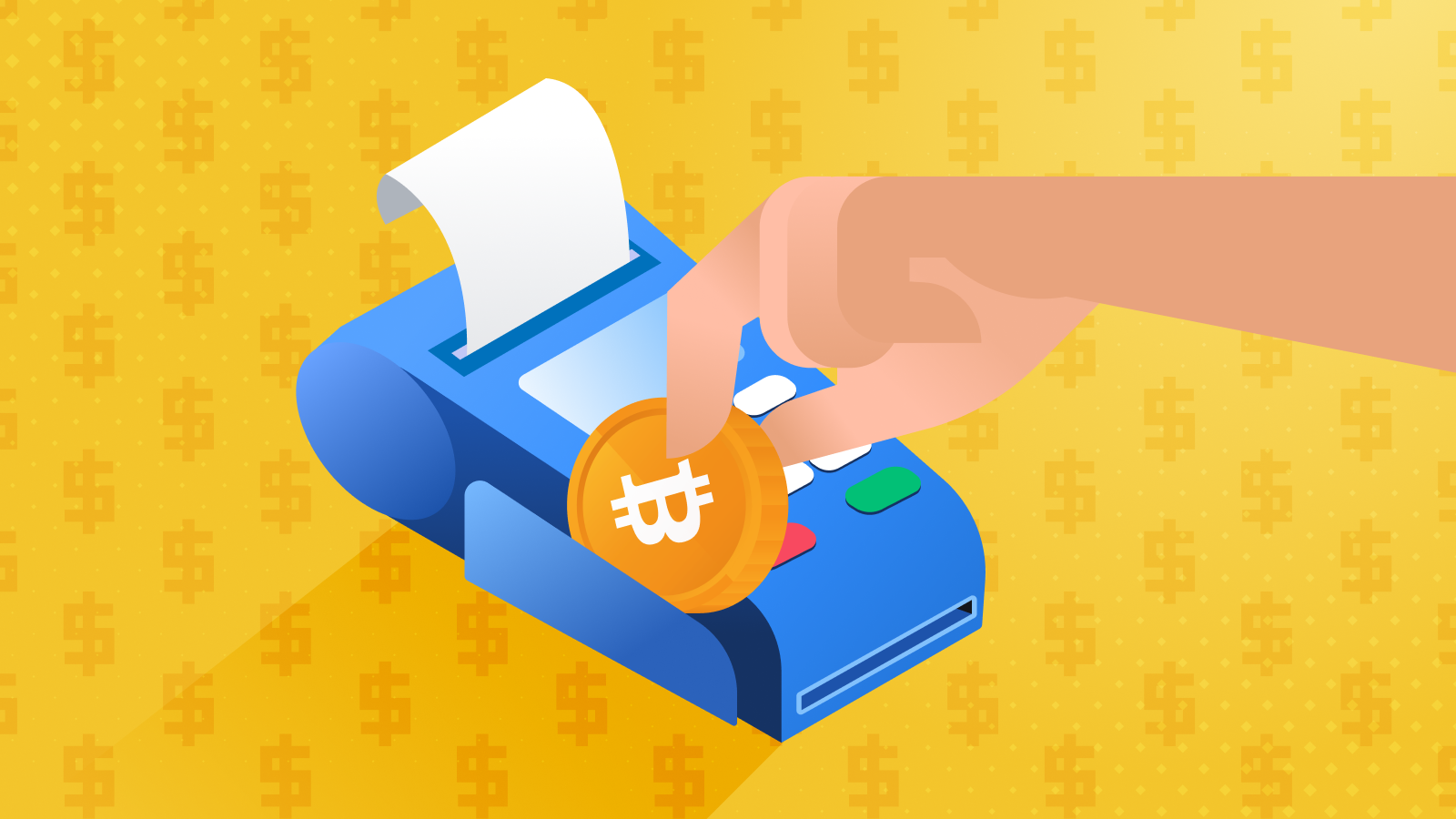Notifications

7 minutes, 20 seconds
-31 Views 0 Comments 0 Likes 0 Reviews

The rapid evolution of blockchain technology and cryptocurrencies has significantly transformed the landscape of digital payments. As the adoption of cryptocurrencies continues to grow among consumers and merchants alike, the importance of efficient, secure, and user-friendly payment solutions becomes increasingly evident. Crypto payment gateway play a vital role in facilitating seamless transactions between digital assets and traditional fiat currencies, bridging the gap between the crypto world and everyday commerce. This article explores the future trends shaping crypto payment gateways, highlighting key facts, statistics, and technological advancements that are set to redefine the payments ecosystem.
Over the past few years, cryptocurrencies have transitioned from niche assets to mainstream financial instruments. According to a 2023 report by Statista, the global cryptocurrency user base surpassed 400 million, with over 20,000 businesses worldwide accepting digital currencies as a payment method. Major corporations such as Microsoft, PayPal, and Overstock have integrated crypto payments, signaling a shift towards broader acceptance.
This surge in adoption underscores the need for sophisticated payment infrastructure. Crypto payment gateways are increasingly becoming essential tools for merchants seeking to tap into the expanding crypto economy, offering faster transaction times, lower fees, and enhanced security compared to traditional payment processors.
Decentralized Finance (DeFi) is revolutionizing traditional financial services by providing decentralized, permissionless financial products. Future crypto payment gateways are expected to incorporate DeFi functionalities, enabling features such as instant lending, staking, and yield farming directly within payment interfaces. This integration will empower users to earn interest or access liquidity without leaving the payment process, enhancing user engagement and financial flexibility.
Security remains a primary concern in digital payments. Advances in blockchain security protocols, multi-signature authentication, and biometric verification are anticipated to improve the safety of crypto transactions. Additionally, AI-powered fraud detection systems will analyze transaction patterns in real-time, mitigating risks of hacking and unauthorized access. The adoption of secure hardware wallets and cold storage solutions will further protect users’ digital assets.
Crypto payment gateways are uniquely positioned to facilitate cost-effective cross-border transactions. Traditional remittance services often involve high fees and delays, but cryptocurrencies enable near-instantaneous transfers with minimal costs. As regulatory frameworks become clearer and more supportive, we can expect a surge in international commerce powered by crypto gateways, making global transactions more accessible and affordable.
Ease of use is crucial for mass adoption. Future crypto payment gateways will focus on developing intuitive interfaces compatible with popular e-commerce platforms and point-of-sale systems. Integration with digital wallets, mobile apps, and banking services will streamline the payment experience, reducing barriers for non-technical users and merchants unfamiliar with blockchain technology.
Regulatory clarity will significantly influence the evolution of crypto payment gateways. Governments worldwide are working on frameworks to regulate digital assets, aiming to prevent money laundering and protect consumers. Compliance features such as KYC (Know Your Customer) and AML (Anti-Money Laundering) integrations will become standard, ensuring legitimacy and fostering trust among users and regulators.
The volatility of cryptocurrencies like Bitcoin and Ethereum has been a barrier for everyday transactions. Stablecoins—cryptocurrencies pegged to fiat currencies—offer stability and are becoming increasingly popular within payment gateways. Moreover, the development of CBDCs by various central banks will influence the future landscape, potentially leading to hybrid systems where traditional fiat, stablecoins, and CBDCs coexist within crypto payment solutions.
The global crypto payment gateway market is projected to grow at a Compound Annual Growth Rate (CAGR) of over 20% between 2023 and 2030, reaching an estimated value of USD 10 billion by the end of the decade, according to Market Research Future. Factors driving this growth include increased merchant acceptance, technological innovations, and expanding consumer demand.
A survey conducted by PwC in 2023 revealed that 60% of consumers are willing to use cryptocurrencies for everyday transactions if the process is secure and straightforward. Meanwhile, a report by Chainalysis highlighted that over 40% of all cryptocurrency transactions in 2022 involved payments, emphasizing the increasing role of digital assets in commerce.
Despite promising prospects, several challenges must be addressed:
The future of crypto payment gateways is poised for significant growth and innovation. As technology advances and regulatory environments become clearer, these gateways will become more secure, user-friendly, and integrated with broader financial systems. The convergence of DeFi, stablecoins, and CBDCs will further enhance their utility, making cryptocurrencies a mainstream payment option for consumers and merchants worldwide. Embracing these trends will be essential for businesses aiming to stay competitive in an increasingly digital and decentralized economy.
In summary, crypto payment gateways are set to evolve into comprehensive financial ecosystems that facilitate seamless, secure, and cost-effective transactions across borders and asset classes. Their development will play a crucial role in shaping the future of global commerce in the digital age.

